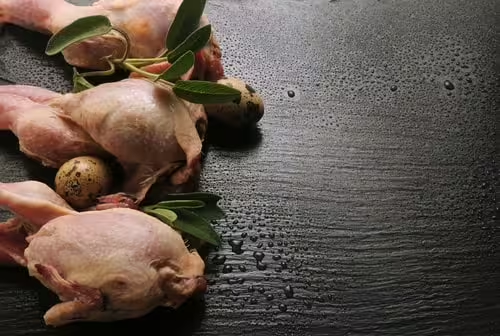It is possible to freeze the Taro or Colocasia, but it is important to prepare it correctly before freezing it to avoid the loss of texture and flavor. It is generally recommended to cook the taro before freezing it. This can be done by boiling it, making it roast, frying it, or even vaporing it. Once cooked, it must be allowed to cool before cutting it into pieces and putting them in an airtight freezing bag. It is important to remove as much air as possible to avoid ice formation. The frozen taro can be kept for about 6 months. It is important to note that the texture can change after defrosting, it is therefore recommended to consume it after cooking.
